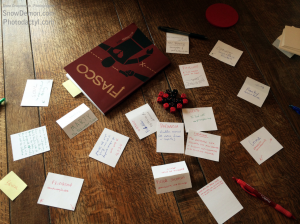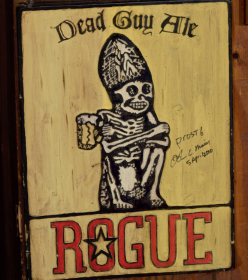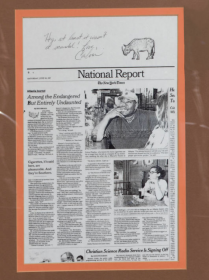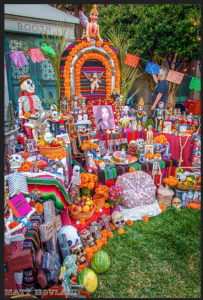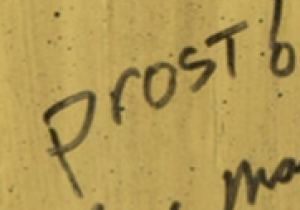Minecraft Podcast

After completing an Assassin’s Creed podcast, my partner and I gained some experience using Audacity. We learned how to delete segments easily, put two segments together and where to put blank space. Because of our experience, my partner and I had a much easier time editing our second podcast. We also were able to learn some new ways to edit the segment , including softening the sounds of different segments.
Because I had previously completed a podcast, I was more comfortable completing this assignment than conducting the first podcast. We had a script, but I was able to improvise more. This made the second podcast sound more natural than the first. My partner and I also collaborated better. We knew our academic strengths and weaknesses and we trusted each other. I was able to design the structure and discuss basic information about the game’s history. My partner was able to discuss his experience with the game.
Both podcasts used a similar structure. First, we explained some basic information about a game series. Then my partner, a veteran gamer, discussed his experience with the game series and why he enjoys it. Next we would play a game from the series and talk about what we were doing as we played. Finally, we related the podcast to Ian Bogust’s novel, How To Do Things With Video Games, and describe what we gained from playing.
Despite their similar structure, our first and second podcasts had some key differences. The biggest difference is the games we chose. For our second podcast, we decided to play Minecraft because it was the only game I know a lot about that we could access besides Madden, which was used in another podcast. Minecraft is a sandbox game. It is more of an art and a relaxation tool. Because of this, our goal for the second podcast was to discuss Minecraft as a relaxing art form, not a history teaching game. We spent less time discussing the history of the game and how it relates to the real world and more on how it relates to the art and relaxation chapters of Bogust’s novel. I also enjoyed the second assignment more. I felt more like an artist and that I was learning subconsciously. I was able to relax while building my own world.
Although I produced a podcast on a game I was familiar with, I would like to complete another podcast on a game I play frequently. I also hope to perfect my Audacity knowledge and learn to use other audio editing computer programs. Creating podcasts was one of my favorite assignments of the year, and I hope to make more in the future.

